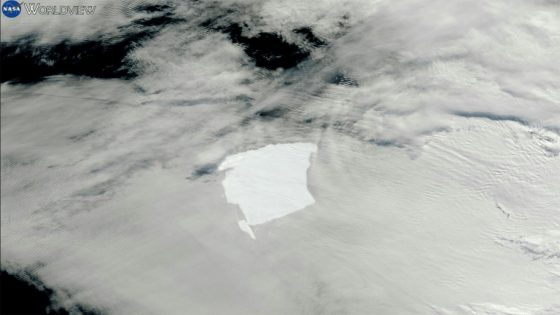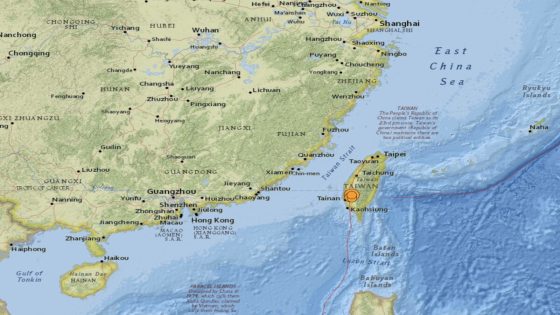On January 31, 2025, scientists reported that a significant chunk has broken off the world’s largest iceberg, known as A23a, located in Antarctica. This event may indicate the beginning of the iceberg’s deterioration, as it has remained largely intact since it started drifting north in 2020.
- World's largest iceberg has broken apart.
- A23a iceberg weighs nearly one trillion tonnes.
- Iceberg drifting toward South Georgia island.
- Chunk lost measures 19 kilometers long.
- Impact on wildlife feeding is a concern.
- Iceberg's future stability remains uncertain.
The iceberg A23a, which is over twice the size of Greater London, has been a stable presence since it calved from the Antarctic shelf in 1986. It remained stuck for over 30 years before breaking free in 2020. Recently, a jagged piece approximately 80 square kilometers in area has separated from the main mass, which still measures around 3,360 square kilometers. This event was confirmed by Andrew Meijers from the British Antarctic Survey, who has been monitoring the iceberg via satellite.
Meijers noted that this is the first significant piece to break off, suggesting that the internal fractures of the iceberg are starting to worsen. Historically, mega-icebergs have disintegrated quickly once they begin losing substantial portions. The recent break raises questions about the iceberg’s future stability and its potential impact on marine wildlife.
- The iceberg weighs nearly one trillion tonnes.
- It is currently drifting towards South Georgia, a critical feeding ground for wildlife.
- Previous icebergs have caused significant mortality to penguin chicks and seal pups when grounded.
While the trajectory of A23a is expected to remain unchanged despite this recent loss, further fragmentation could result in less disruption for local wildlife. Glaciologist Soledad Tiranti stated that the iceberg’s path will depend on local currents, which could affect its movement as it continues northward.
The recent break from A23a highlights the ongoing changes in polar environments, raising concerns about the stability of large ice formations and their effects on surrounding ecosystems. Scientists will continue to monitor the situation to understand the implications of this event.

































